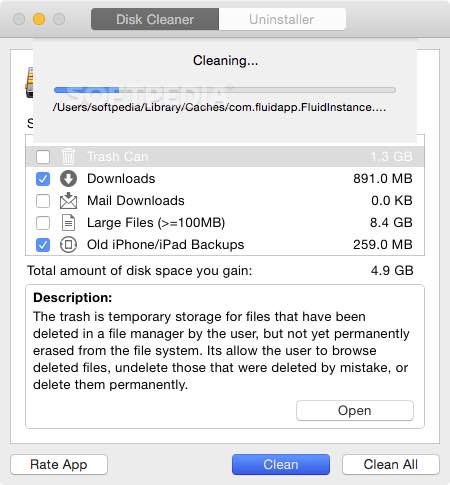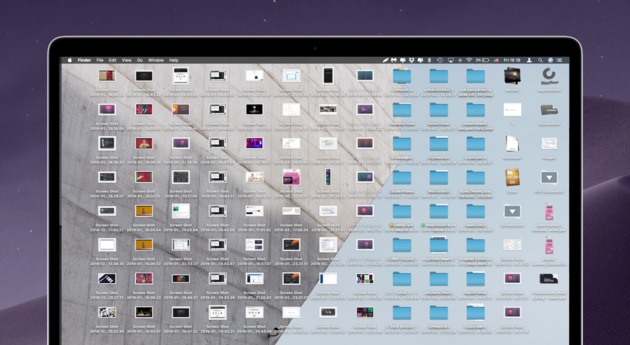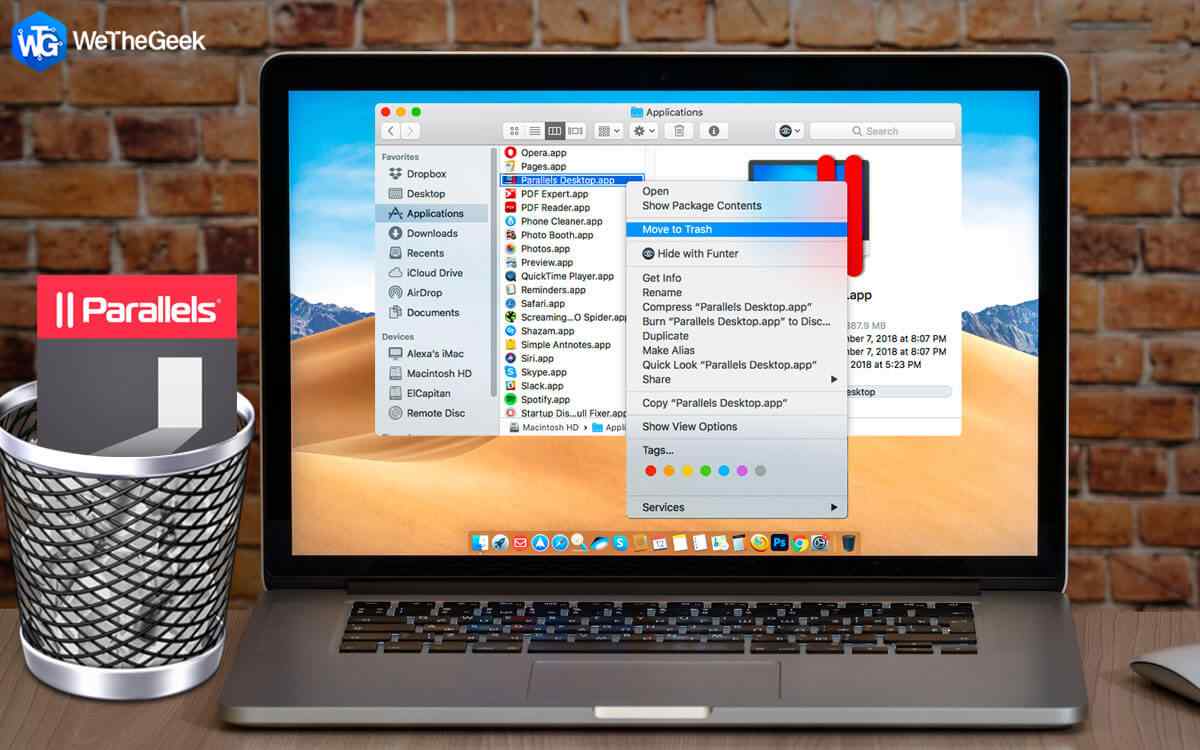

#DISC CLEANER FOR MAC MAC OS#
These always available files download to your device and take up space, but they’re always there for you even when you’re offline.ĭownload and set up OneDrive Files On-Demandĭownload and install OneDrive Files On-Demand for Mac.įor new OneDrive accounts on Mac OS Mojave, Files On-Demand is turned on by default when you set up OneDrive. Only files that you mark as Always keep on this device have the green circle with the white check mark.
#DISC CLEANER FOR MAC FREE#
Just right-click the file and select Free up space. If you need more space, you can change the file back to online only. You can open a locally available file anytime, even without internet access. When you open an online-only file, it downloads to your device and becomes a locally available file. You can’t open online-only files when your device isn’t connected to the internet.

You see a cloud icon for each online-only file in Finder, but the file doesn’t download to your device until you open it. Online-only files don’t take up space on your computer. You can now quit Terminal and eject the volume.Your files will have these statuses in Finder: When Terminal says that it's done, the volume will have the same name as the installer you downloaded, such as Install macOS Big Sur.After the volume is erased, you may see an alert that Terminal would like to access files on a removable volume.Terminal shows the progress as the volume is erased.

When prompted, type Y to confirm that you want to erase the volume, then press Return.Terminal doesn't show any characters as you type your password.
#DISC CLEANER FOR MAC PASSWORD#
When prompted, type your administrator password and press Return again.* If your Mac is using macOS Sierra or earlier, include the -applicationpath argument and installer path, similar to the way this is done in the command for El Capitan. Sudo /Applications/Install\ OS\ X\ El\ Capitan.app/Contents/Resources/createinstallmedia -volume /Volumes/ MyVolume -applicationpath /Applications/Install\ OS\ X\ El\ Capitan.app Sudo /Applications/Install\ macOS\ High\ Sierra.app/Contents/Resources/createinstallmedia -volume /Volumes/ MyVolume

Sudo /Applications/Install\ macOS\ Mojave.app/Contents/Resources/createinstallmedia -volume /Volumes/ MyVolume Sudo /Applications/Install\ macOS\ Catalina.app/Contents/Resources/createinstallmedia -volume /Volumes/ MyVolume Sudo /Applications/Install\ macOS\ Big\ Sur.app/Contents/Resources/createinstallmedia -volume /Volumes/ MyVolume If it has a different name, replace MyVolume in these commands with the name of your volume. These assume that the installer is in your Applications folder, and MyVolume is the name of the USB flash drive or other volume you're using.


 0 kommentar(er)
0 kommentar(er)
